Lost But Not Forgotten | 4 Obscure Seeds 4 Every Garden

Ah the wonders of genetic heritage from around the world!
Back in December, I blogged about a visit I made to our local Ozark Seed Bank. I help out there and in exchange, I can take seeds, do seed germination % trials and give them back to the bank. In this way, I'm getting access to rare and unusual seeds from around the world while also helping out a worthy cause in refreshing the seed bank.
Here are 4 Obscure Seeds I started soaking tonight and will plant tomorrow in the high tunnel.
I'm interested if any of you from other countries (especially European), find these plants completely mundane. I know at least a couple of them are thought of as normal fare there. Curious for your feedback.
Tragopogon porrifolius or Salsify
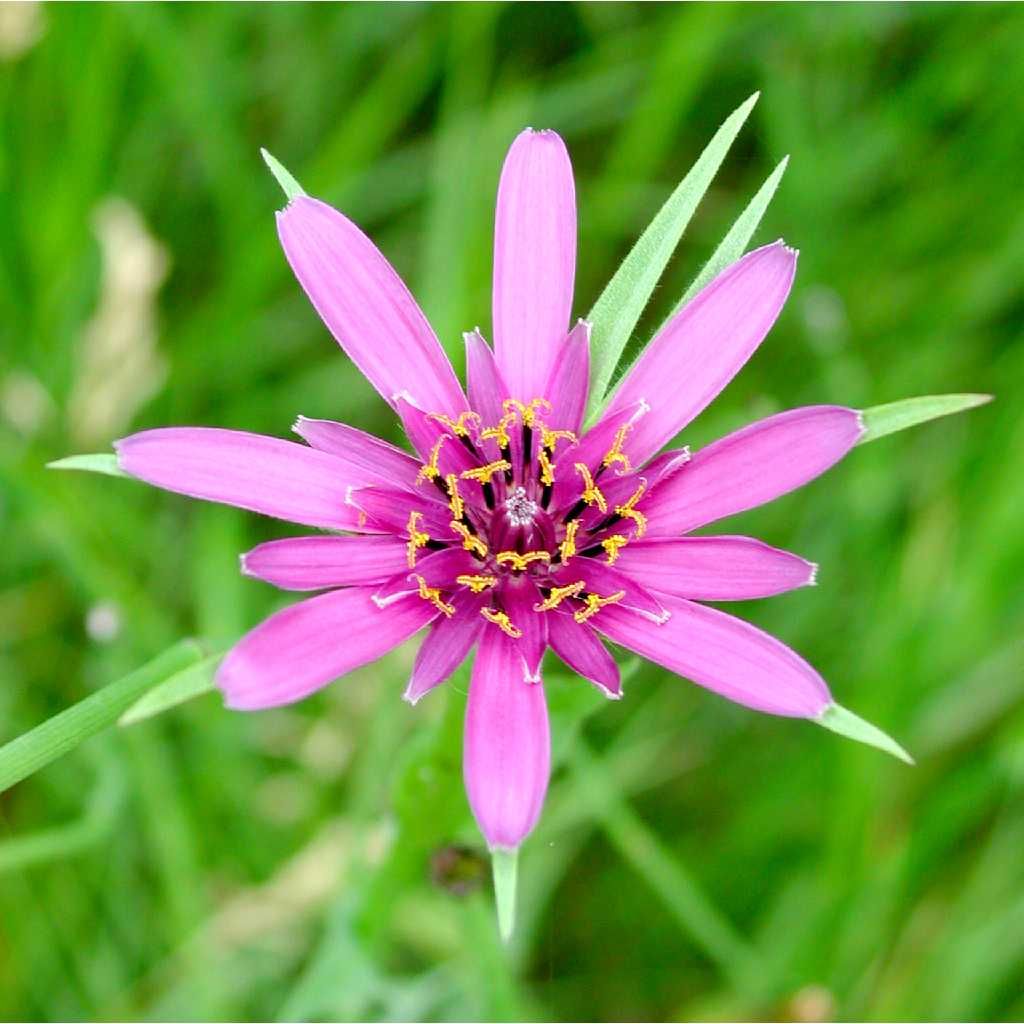
(source)
Salsify
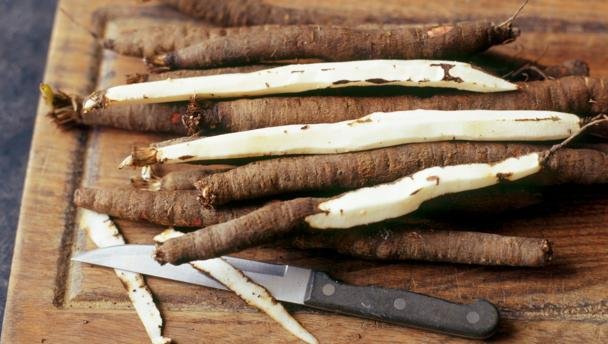
(source)
A member of the dandelion family, salsify is a plant that used to be much more common (in Europe), though it slowly fell to the wayside as the carrot rose in fame.
Barbara Damrosch of 4 Seasons Farm in Maine says,
You’re going to have to trust me about salsify. This is a white root — rather like a parsnip but skinnier — that keeps beautifully in the ground. Like the parsnip, it’s planted in spring, as early as the ground can be worked, then allowed to grow all summer and fall until the first frosts bring out its flavor. You can then pull it up during thaws, saving some under refrigeration if you like, but it will shrivel a little and is best dug and eaten fresh.
And I'll trust her! I spent a few months one summer farming with her and Eliot and they know their veggies! She goes on to say,
The most surprising thing about salsify, the first time you eat it, is its flavor. Traditionally it is called “oyster plant,” a name as inaccurate as it is unappetizing. The roots taste nothing like oysters, and nothing like parsnips either. They taste like artichoke hearts — unlike the so-called Jerusalem artichokes that are said to taste like artichokes but don’t.
I put 70 seeds in water this afternoon to get them a little boost for planting. They are quite old, after all, from sitting in the seed bank. Soaking seeds overnight before you plant helps to wake them up!
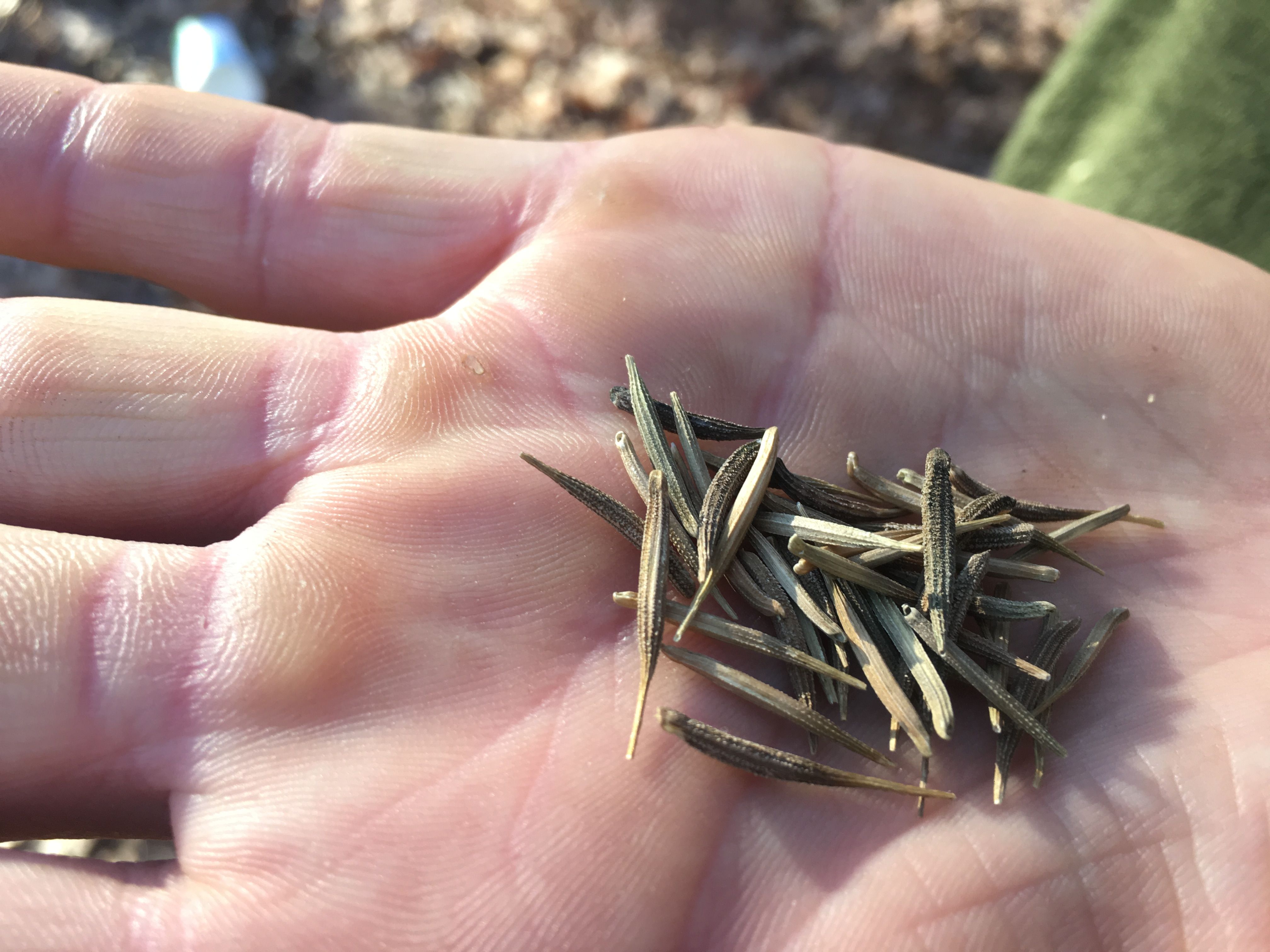
Taraxacum officinale - Dandelion montagny
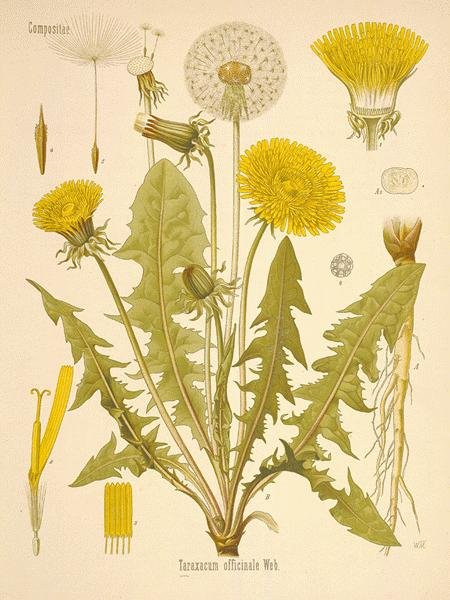
(source)
Next up is a plant we're likely all familiar with, but in a cultivated form. Yes people have cultivated dandelion for years to get a perfect sized root and leaves!This particular cultivar is the French Dandelion or Vert de Montagny.
"This is an early maturing and productive variety with broad, dark green leaves and a relatively mild flavor compared to some other varieties" (source).
Of course, your native and pernicious dandelions are also a readily available food source often growing in your yard (just make sure they haven't been sprayed!). The leaves are delicious and very good for you! They'll stimulate digestion and act as a tonic in spring to cleanse the system from winter's stagnation. The roots are incredibly medicinal and likewise aid in digestion and also support and strengthen the liver. They also can be used as very tasty alternative to your morning cuppa.
Here is a dandy French love-note to the dandiest of spring greens,
The name “dandelion” comes from the French for “dent de lion,” or the Italian “denti di leone,” both of which mean “the lion’s tooth,” a reference to their jagged edges. Healers have used them for centuries because dandelions are renowned for supporting healthy liver function and are packed with calcium, iron, fiber, vitamins A, C, E and K and powerful antioxidants such as beta-carotene and lutein (great for healthy eyesight!). The dandelion is also a powerful diuretic (in French it’s also known as "pissenlit," an unglamorous but straightforward nod to bedwetting).
Dandelions are at most tender and most delicious in spring. After winter’s last snow melted in our town near the Alps, my father-in-law would start his own annual rite of spring: collecting the best dandelion leaves in the garden for lunchtime salads. The leaves are still quite small in the early days of spring, so it was definitely a labor of love. Rustling up enough for a big salad was a real time commitment!
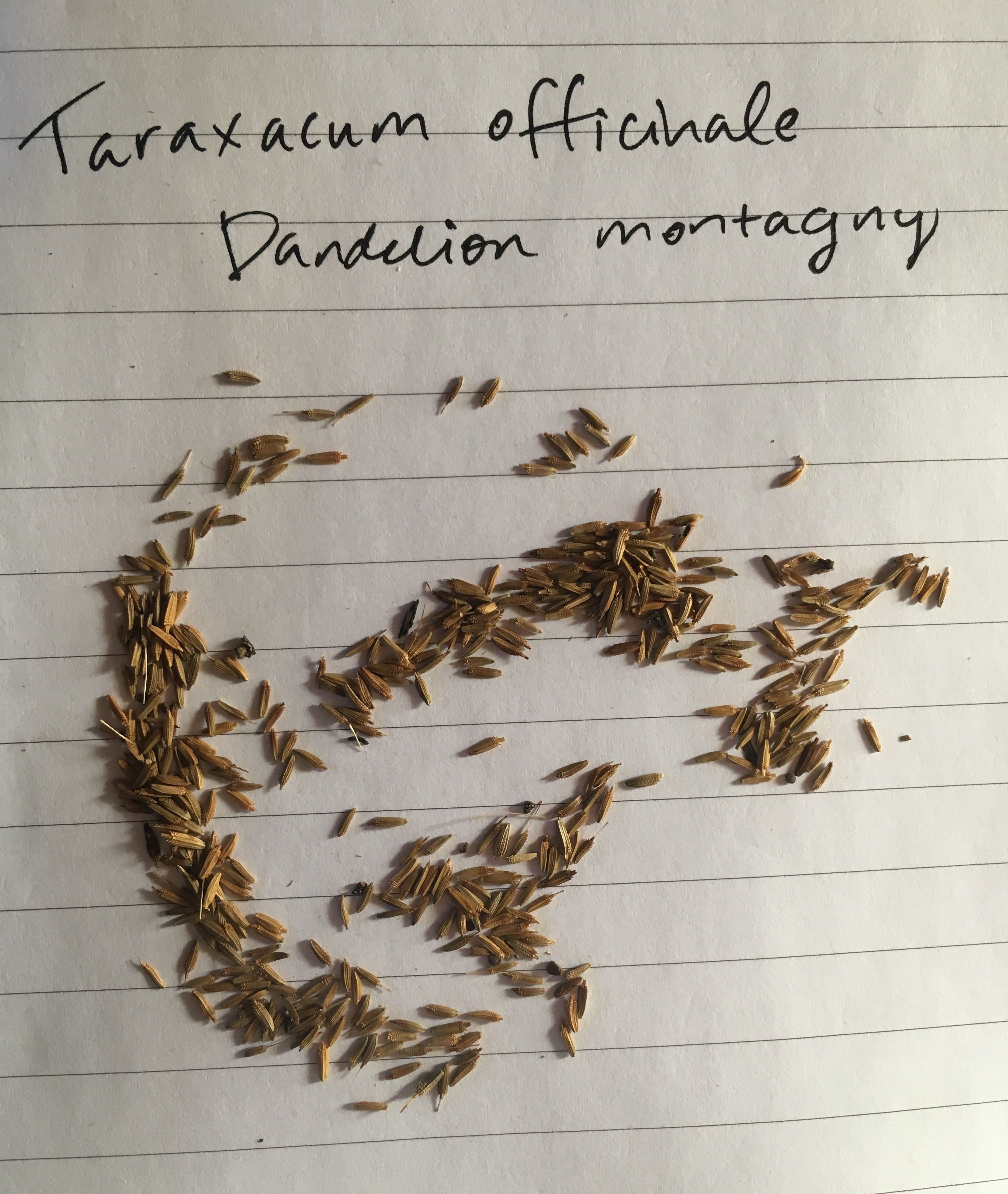.jpeg)
Crambe maritima or Sea Kale
Now if you haven't heard of this one yet, don't turn away! This is what Baker Creek Seeds has to say,
Commonly found growing along the famous shingle beaches in England, locals would cover the emerging shoots to blanch them like asparagus. Sailors would pickle the greens, which are naturally high in Vitamin C, for long sea voyages as a scurvy preventative, hence the nickname scurvy grass. This hardy brassica is perennial to about U.S zone 5, the large tap roots remaining dormant in ground until spring. Until its recent re-discovery by temperate, permaculture gardeners as the perfect perennial green, Sea Kale was considered an arcane vegetable. Thanks to its drought and salt tolerance, nectar rich flowers for feeding the pollinators and culinary versatility, Sea Kale is poised to rise to the top of every gardeners must have list. RARE, hard-to-find, expensive seed, but is a perennial and long lasting plant.
A few other glowing reports ! http://www.eattheweeds.com/sea-kale/ & http://tcpermaculture.com/site/2014/03/03/permaculture-plants-sea-kale/
I'm really excited to get quite a few of these babes on the homestead. The perfect permaculture plant, wow! ;)
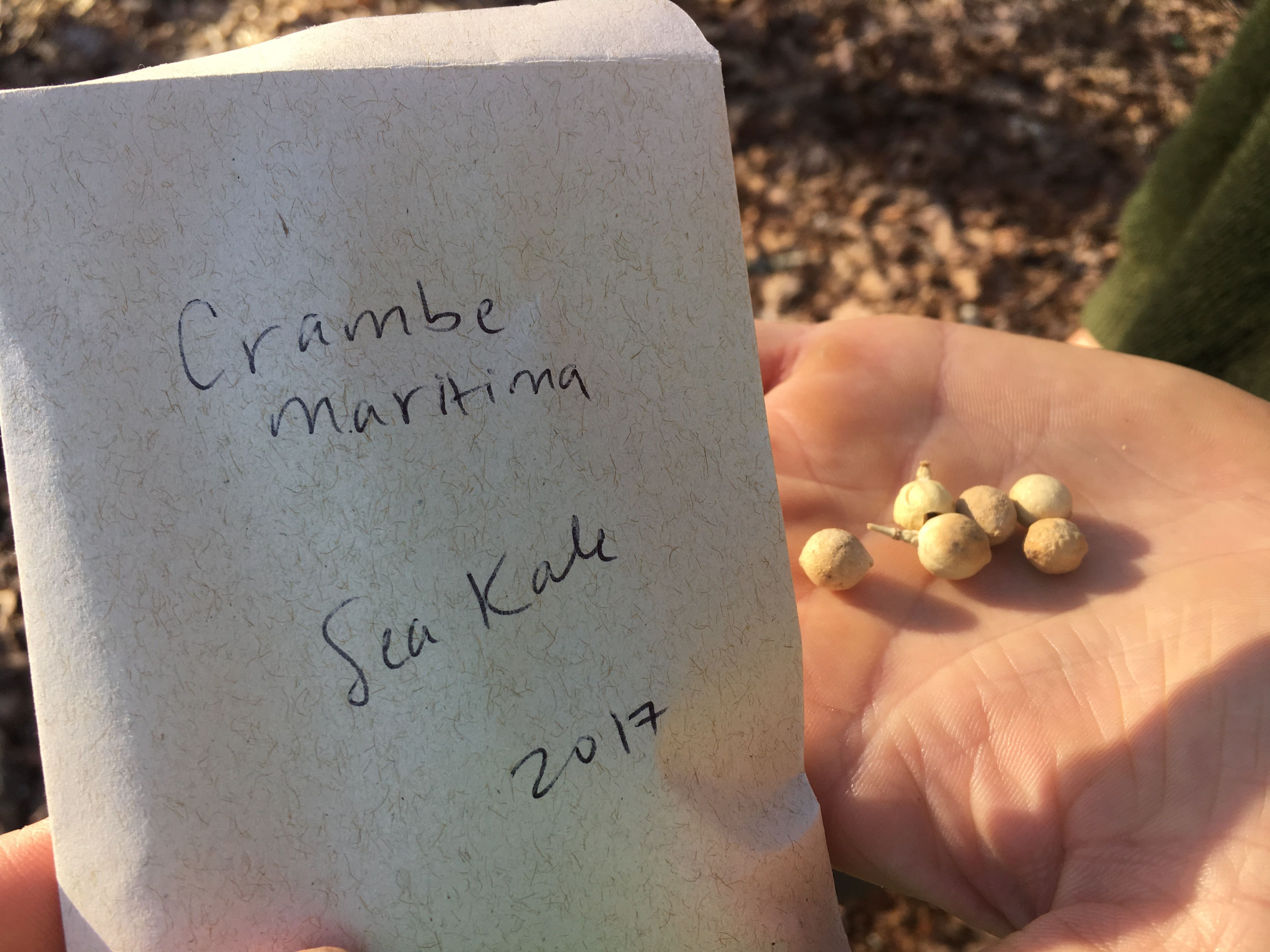
Honckenya peploides or Sea Chickweed
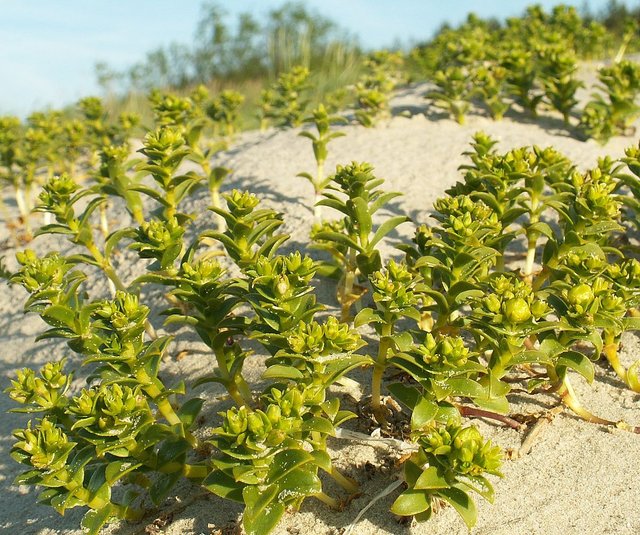
(source)
Now this one, I had never heard of, but I am a huge fan of our native chickweed (stellaria media) and though these two aren't related, it got my foot in the door.
According to it's wiki page,
Both the leaves and the seeds of H. peploides are used as food. The shoots and leaves are rich in vitamin A and vitamin C and can be used as a green leafy vegetable either raw or cooked. They can also be fermented to prepare a sauerkraut-like preserve, and in Iceland are fermented in whey to produce a drink. The seeds are small in size and time-consuming to gather; they can be ground up and added to flour or used as a garnish.
Obviously I wont be growing it next to the sea, but I do hope it can naturalize and find a spot it loves on the homestead.
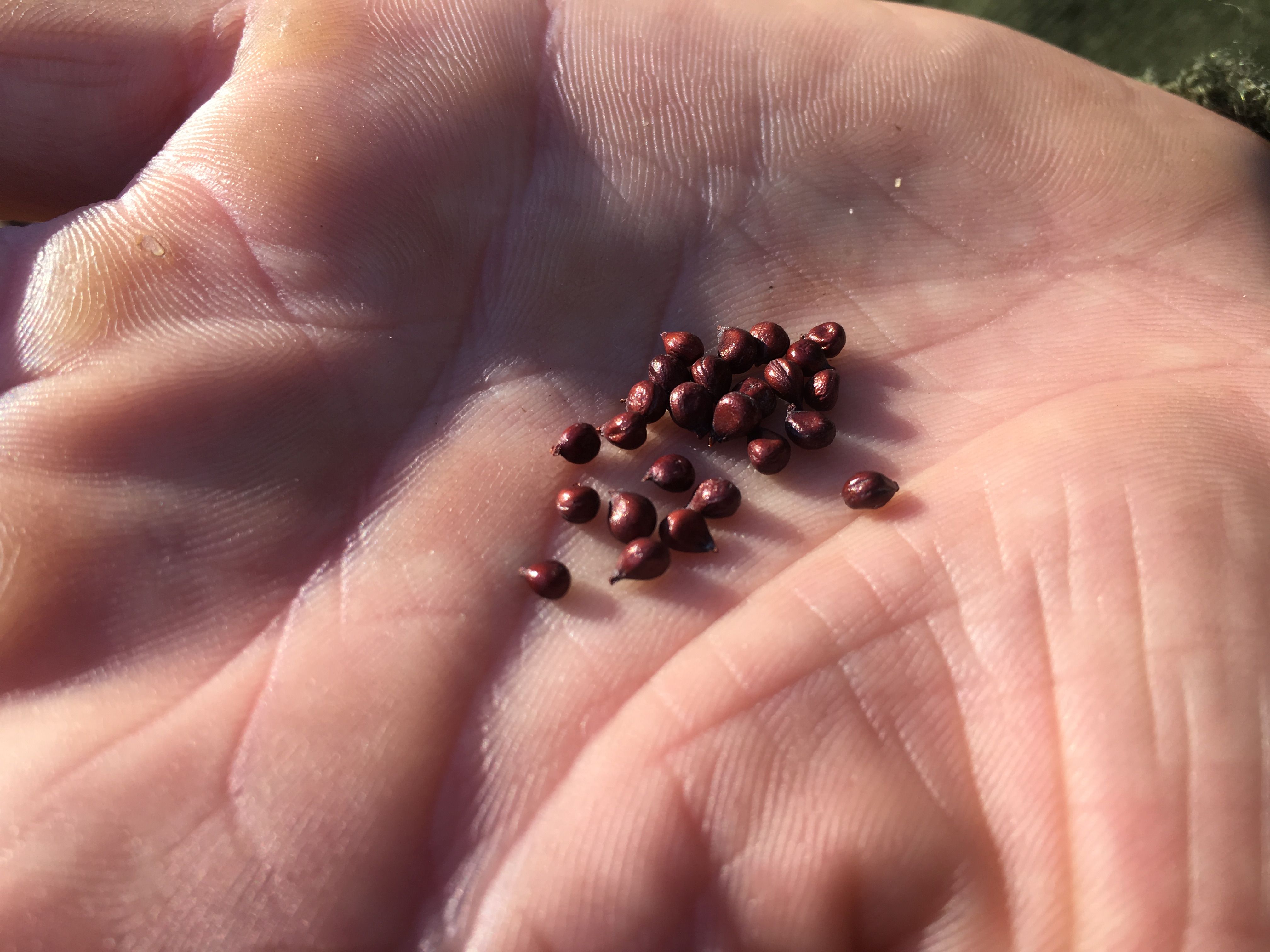
One of my passions is finding obscure and forgotten plants. Perhaps they already had their hayday with humans and now they're drifting off into virtual non existence.
I'm excited about plants like these, so expect to see more from @mountainjewel! I'll keep you posted how the germination rates are and if these plants are easy to grow (especially Sea Kale and Sea Chickweed as I'm pretty sure the first two will be easy peasy :)).
What are some rare or unusual plants that you grow that you're super excited about?

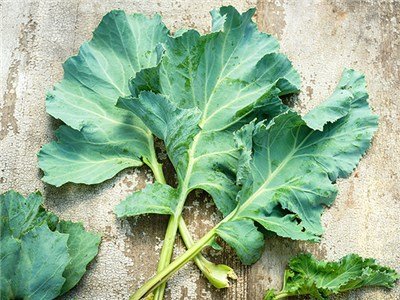
Sea Kale can be propagated with root cuttings also. I have a large clump of it and have never been able to collect viable seeds.
As for Dandelion, sample wild plants you find. When you find one that tastes good to you, dig it up and plant in your garden. The plants with a more rounded leaf seem to be milder flavored.
Other perennial veggies in my garden... asparagus, Chinese yam, crosnes, horseradish, rhubarb, Egyptian onions, ramps, nodding onions.
Interesting. I've heard of Japanese yam, but not Chinese. Also going to look up crosnes and Egyptian onions!
Chinese Yam (Dioscorea polystachya). Some call this cinnamon-vine. It’s considered an invasive in some places. Not a problem in my Zone 5B garden. Produces an edible aerial tuber that’s also edible.
Crosnes, also called Chinese Artichoke, are a member of the mint family that produces edible tubers.
Do u regularly eat the sea kale? Have you propogated it much?
Good tips on dandelion, I'll keep an eye out off the top rounder leaves.
Wow, great list of perennials you've gathered In your garden. I'll have to check out crosnes, new to me. Where do u get ramp stock? We don't have any wild ones near us.
I use the flower buds like broccoli. I have divided the main clump several times.
Ramps, or Wild Leeks as they are called around here, grow wild in large quantities in the woods and forests in our part of NY. I got mine from a friend who brought me a few clumps a few years ago. Fedco Seeds has seeds, but I understand that is a tough way to get started.
thank you!
Hello! I live in Japan now, but am originally from Europe (half UK, half France) so I know most of the vegetables you mention. Salsify -- or salsifis in French -- is still not as well-known as carrots, but it is a staple of French cuisine and regularly features in restaurants: anybody half-way serious about traditional food will know it, I would say.
As for dandelion -- pissenlit in French, which means ... to "pee in bed," inreference to its duiretic qualities -- you can buy it it high-end and slightly hipsterish greengrocers quite easily. Same in restaurants: it's regularly used in salads all while it's in season. I've got one cultivar I'll be sowing later on this year (for both leaf and root harvests): it's called Amélioré à coeur plein "improved, with full heart".
As for the last two, I know them a little less, but I would still say they are relatively common somewhere like France, where they both grow naturally along the coast of Brittany.
Ah thank you for your perspective. I was hoping someone from Europe would chime in and I appreciate your words! It's not surprising that you know many of these plants I listed, but I am also hoping they will catch on more in the US. In hipsterish circles here, too, dandelion is also catching on, but most Americans will go to great lengths to suppress it, pull it up and kill it with chemicals!
Also happy to hear you're familiar with the last two. Sea Kale is becoming very popular in permaculture circles here, but to the average gardener it is unknown. I want to change that!
Thanks for stopping in :)
I had heard that dandilions could be good for you, but having picked so many of them from the yard, I don't know that I could eat them. And they don't smell good. If we'd get the root on us, we'd smell for hours.
I haven't tried Sea Kale. Smoothie time!
That's cool you're able to help preserve the unadulterated seeds. We should get back to growing real food, not all this fake junk.
Haha "they don't smell so good"! I guess they do have a weird smell and the latex sap that comes out could also be offputting, but I can easily get over it with the benefits! And even in spring I crave them (my liver speaking!). :)
Well, I haven't really grown any plant but If I had my way I'll grow a mustard seed
The salsify was a common plant in our lands, but it slowly disappeared since the end of the Middle ages period. It's also called "goat's beard" as the main root is covered with many finer roots. Another name for it is "Oats root", I suppose for the taste. Keep in mind it's biennial, so it'll flower in your garden in 2019 :)
The sea kale grows in the wild on the Black Sea coast, but it's super super tough, like leather. I have no idea how to possibly eat that, except in smoothies and even then I'd be worried for my blender.
Taraxacum officinale is the regular, common dandelion. I've read there are varieties selected, but never really looked into that. We've got tons of dandelions in the orchard, so I wouldn't get them into special cultivation :)
Thanks for sharing the great info @bobydimitrov! I've only eaten salsify a few times from a Dutch farmer who grew it in southern Canada. Quite nice indeed.
As far as I've read the sea kale was covered and blanched to create more tender shoots in early spring. These young shoots were the chosen food, not so much the leaves. Save your blender the trouble!
As for dandelion, you're lucky. We don't really have any on our property. So we're choosing varieties with bigger more tender leaves. We'd be happier if they already grew here though. ;)
The sea kale looks very much like the kale my parents have grown in their gardens ever since I can remember. My parents are from the Azores islands, which are 800 miles off the coast of Portugal, so I've always called it Portuguese kale and I've never seen it in any grocery store or at any farmers market. It makes the best soup, along with a nice piece of homemade smoked linguica. I'm off to check out my Baker Creek Seeds catalog! Also, I have a daughter allergic carrots, so I'm always looking for other root vegetables that we can try. Salsify looks interesting! Thanks so much!
Ah thanks so much for your story! I love stuff like that! Thank you!
You may also look into skirret for her! It’s a perennial root crop that tastes very good! Hopefully she won’t be allergic to salsify or skirret too!
Ooh! Skirret? Never heard of it! Time to look it up. Thanks!
I got mine here and would recommend oikos (they also have good Jerusalem artichoke varieties) https://oikostreecrops.com/products/perennial-vegetables/skirret/
I've actually never had Jerusalem artichoke either! Looking forward to trying that too. Thanks!
I used your link to order the skirret, but I can't find the Jerusalem artichoke. Is it also known as a sunchoke?
Yes , sunchoke is the same.
When I read the part about preparing it like sauerkraut my ears pricked up, lol. I've probably made at least 100 different kinds of it in my life. If you get an abundant harvest, I might have to get you to send me a little so I can make kraut out of it, lol.
yes! i'll let you know how this year's planting goes! i'm glad you're excited about it :)
This is really wonderful, so many intriguing items on that list. Salsify sounds right up my alley, I am going to investigate that one further.
awesome! look forward to seeing if you like it. i'm super excited to grow it, too.
You'll have to let us know how these seeds work out this year. I like experimenting with different types of veggies to see what will grow in the tropics.
Will do! I have quite a few more I'm experimenting with this year. In the tropics, you can grow so much! obviously not things that need frost hours, but basically everything else lol (jealous!) My parents just moved to florida and i'm trying to get them to grow the delicious fruits available to them- to no avail!
Also, we had talked about other income streams, https://steemit.com/@upv4life is another good one. One-time entry fee and you're set.
thank you for sharing that!